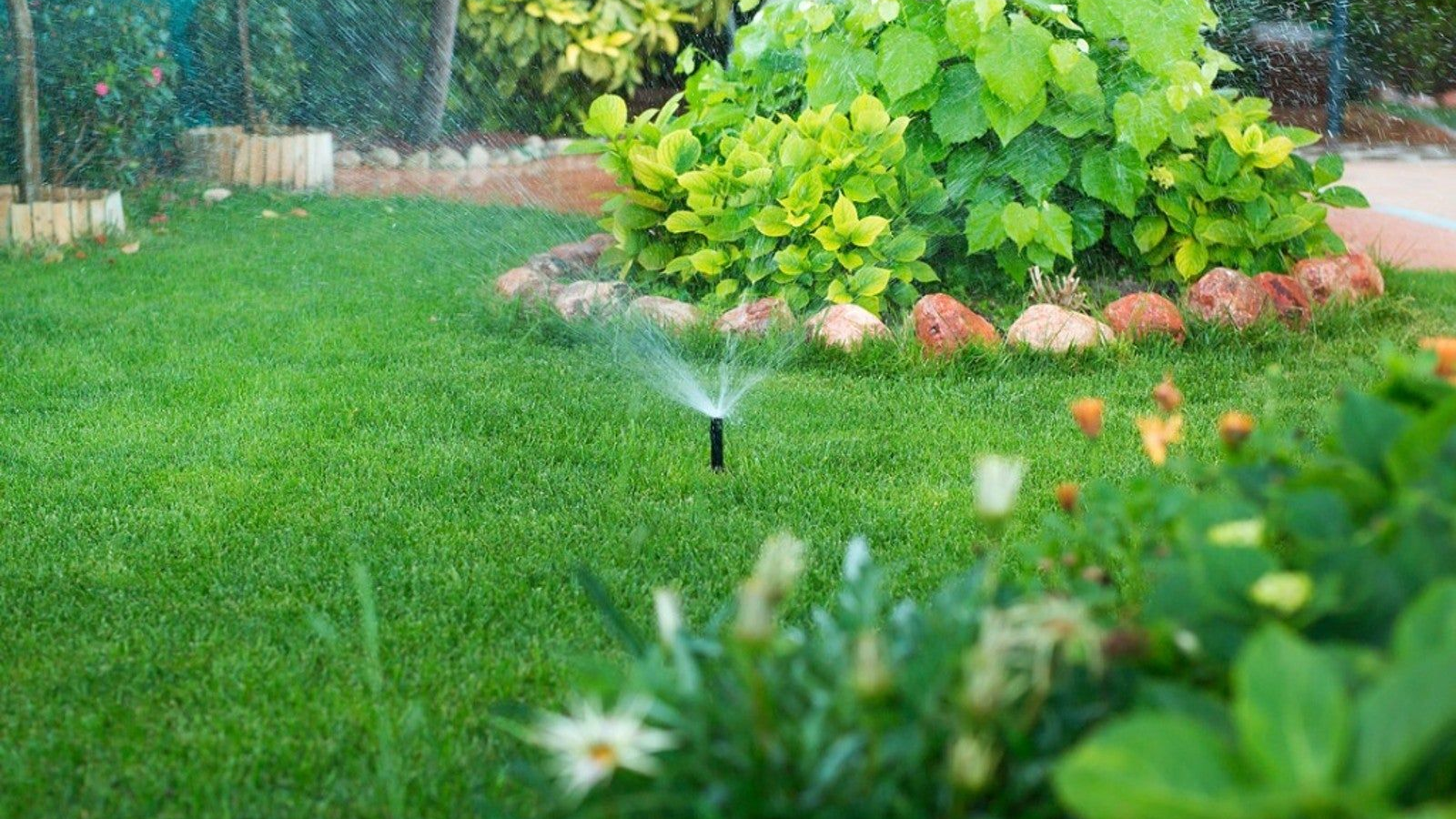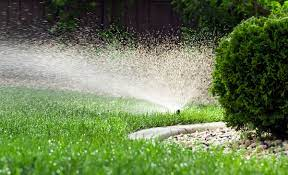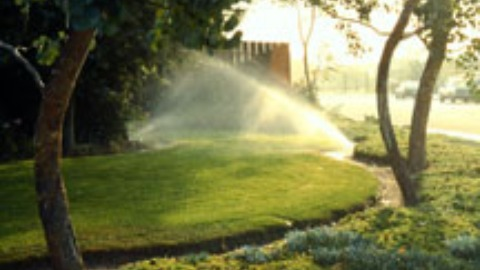
In a time when climate change is affecting water supplies globally, people are looking for smarter ways to manage resources without giving up the beauty of nature. This is where hydrozoning comes in a sustainable landscaping technique that is gaining popularity among homeowners, businesses, and city planners.
Hydrozoning, also known as irrigation zoning or water-efficient landscaping, is a method of grouping plants based on their water needs. By dividing your garden or green space into zones that require similar amounts of water, you can reduce waste, save money, and help protect the environment.
This simple but powerful idea is now being embraced in dry regions, urban cities, and eco-conscious communities across the world. Let’s explore how hydrozoning works, its benefits, and why it’s becoming a vital part of landscape design in 2025.

Hydrozoning is the practice of organizing plants with similar water requirements together in one area or “zone.” Each zone is then watered based on the specific needs of the plants it contains. For example, drought-tolerant plants like lavender or succulents are grouped separately from water-loving plants such as ferns or tropical flowers.
In a typical hydrozoned landscape, you might see three basic zones:
This system allows each group to receive just the right amount of water, avoiding over-irrigation or under-irrigation.
With increasing concerns about water scarcity and rising utility costs, hydrozoning is becoming more important than ever. According to the World Resources Institute, over a quarter of the world’s population now lives in extremely water-stressed areas. Cities in the Middle East, the western United States, Australia, and parts of India are especially vulnerable.
In response, governments and environmental agencies are encouraging water-wise gardening techniques like hydrozoning. Some cities have even made hydrozoning part of their building codes for new developments or offer rebates for homeowners who implement water-efficient landscaping.
Not only does hydrozoning reduce water bills, it also helps create healthier gardens. Overwatering can lead to diseases, root rot, and wasted nutrients, while under-watering can stress plants. Hydrozoning ensures plants get just the right amount of moisture they need to thrive.
You don’t need to be a landscaping expert to get started with hydrozoning. Here are simple steps for homeowners:
Step 1: Assess Your Landscape
Look at your garden or yard and list the types of plants you currently have. Pay attention to their water needs, sunlight exposure, and soil types.
Step 2: Group by Water Needs
Divide the plants into high, medium, and low water groups. You may find some plants are misplaced — for example, a cactus in the same bed as a thirsty rose bush.
Step 3: Create Zones
Reorganize your garden or make a plan for future planting that places similar water-use plants together. Consider using mulch and soil improvements to help manage moisture in each zone.
Step 4: Adjust Irrigation Systems
If you use sprinklers or drip systems, adjust them to match the zones. Some people use smart irrigation systems that automatically adjust watering based on weather and soil sensors.
Step 5: Monitor and Maintain
Once your zones are set up, check regularly to ensure everything is working well. Adjust watering as needed based on plant health, weather changes, and seasonal growth.

In cities like Los Angeles, Dubai, and Melbourne, hydrozoning is now part of public landscaping projects. For example, Dubai’s parks department has adopted hydrozoning principles to design green areas that require far less water than traditional lawns. This has helped the city conserve millions of gallons of water every year.
Similarly, many U.S. homeowners in dry states like Arizona and Nevada are replacing water-thirsty lawns with desert plants and hydrozoned beds. The result? Lower bills, less maintenance, and beautiful yards that stay green all year round.
Hydrozoning is a smart, simple, and effective way to make our outdoor spaces more sustainable. Whether you have a small balcony garden or manage a large commercial landscape, organizing your plants by their water needs is a step toward a greener and more cost-effective future.
In 2025 and beyond, as climate challenges grow, techniques like hydrozoning will no longer be optional they will be essential. Now is the perfect time to learn, plan, and make your landscape work smarter, not harder.
Read More:- Deyaar’s Latest Announcement Shakes Up the UAE Property Market
